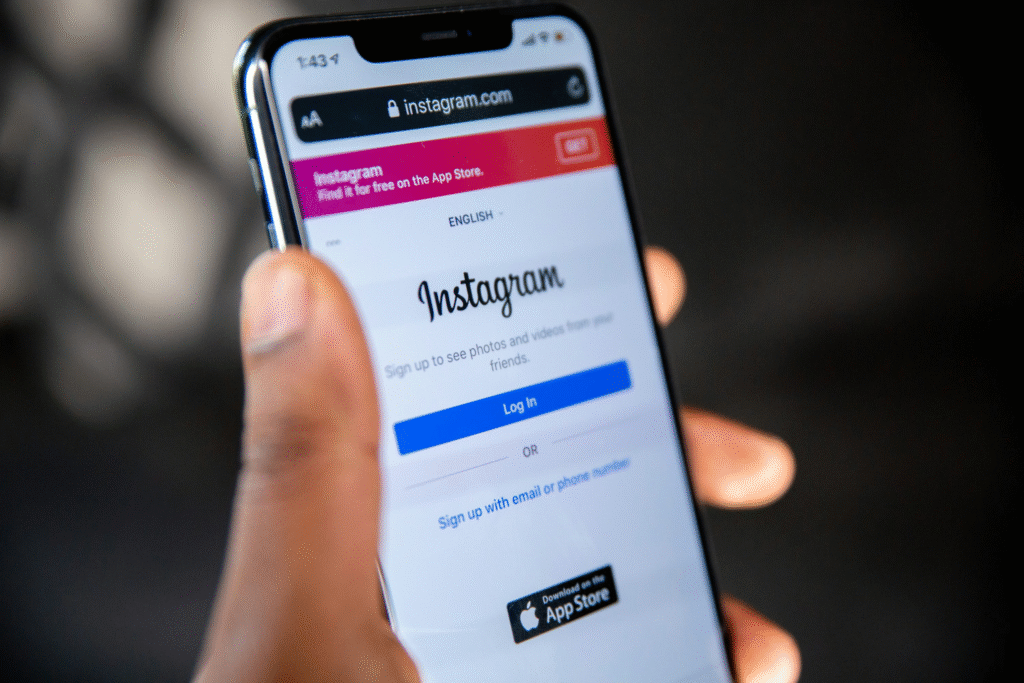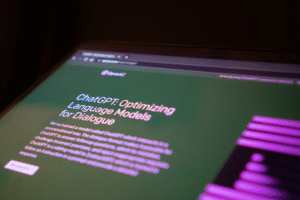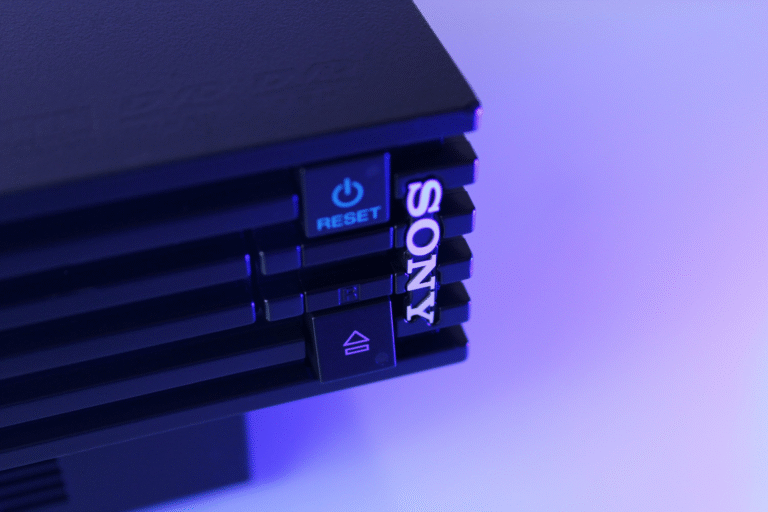Meta, the parent company of Instagram, has announced a major change aimed at protecting young users. The company revealed that all teenager accounts on Instagram will soon be guided by PG-13 movie-style ratings by default. This means that teens under 18 will automatically have stricter content filters, similar to what’s seen in movies meant for viewers above 13 years of age. The goal is to make Instagram a safer and healthier space for young people who often spend hours scrolling through posts and reels.
The decision comes at a time when Meta has been under heavy criticism from parents, researchers, and child safety organizations for not doing enough to safeguard minors online. Over the past few years, social media has become an essential part of teenagers’ lives, but it has also brought several challenges — including exposure to harmful or inappropriate content, peer pressure, and online harassment. With this new move, Meta is trying to ensure that young users have more protection when they browse through Instagram.
A recent Reuters report in August revealed that Meta’s artificial intelligence (AI) systems allowed some inappropriate chatbot interactions. The report stated that these AI chatbots could sometimes engage in “conversations that are romantic or sensual,” which raised serious concerns about whether Meta was doing enough to protect young users. This news led to a wave of backlash from the public, especially from parents and child safety advocates, who demanded that the company take immediate action.

In response to the controversy, Meta announced several new safety measures designed specifically for teenagers. The company said it would update its AI systems to avoid flirty conversations and to stay away from any discussions about self-harm or suicide. The aim is to prevent young users from being exposed to harmful or emotionally distressing content. Meta said it was actively training its AI to better understand sensitive topics and to block such conversations before they happen.
This move is part of Meta’s broader plan to make its platforms — including Instagram and Facebook — safer for younger users. The company’s spokesperson explained that by introducing a PG-13 style rating, Meta hopes to bring more clarity to what kind of content is suitable for teenagers. It also helps parents and guardians understand what their children might be viewing online.
Meta also plans to use age prediction technology to automatically place users into age-appropriate content categories. This technology can estimate a person’s age based on their behavior on the platform, even if they enter false information about their birthdate. This step is important because many young users tend to lie about their age to access more mature content or features. Meta said the technology will help reduce that problem by automatically setting stricter limits for younger users, even if they claim to be adults.
Instagram, over the years, has faced multiple criticisms related to the safety of teenage users. Several reports and investigations have shown how young people often face pressure to look perfect online or compare themselves with others, leading to issues like anxiety, depression, and low self-esteem. By creating a PG-13 setting, Meta hopes to reduce the exposure of such sensitive content and promote healthier online habits among teens.
The company also mentioned that these new features are part of their “responsible innovation” approach — a term Meta uses to describe how it designs technology with user safety in mind. The idea is to create AI and digital tools that not only entertain or connect people but also protect them from harm. In addition, Meta is working closely with child psychologists, educators, and online safety experts to design more effective tools that can detect and prevent inappropriate content or conversations in real time.
In the last few years, Meta has introduced several protective features on Instagram for teenagers, such as limiting who can message them, hiding certain types of content, and sending reminders to take breaks. However, critics have often said these steps are not enough. Many advocacy groups argue that Meta’s platforms are still too addictive and can expose minors to body image issues, harmful challenges, and even predatory behavior. This new PG-13 rating system is Meta’s latest attempt to show that it is taking these concerns seriously.
While some experts have appreciated Meta’s decision, others remain cautious. They say that while age-based restrictions sound good in theory, they are difficult to enforce effectively. Teenagers are often tech-savvy and may find ways to bypass such restrictions. Therefore, they believe Meta should also focus on educating young users about digital safety, mental health, and responsible online behavior — not just rely on AI systems or algorithms.
A few parents who heard about the new policy shared mixed reactions. Some said they felt relieved that Meta was finally taking stronger steps to protect their children. Others expressed skepticism, saying that the company should have introduced such measures long ago, especially considering how much time teens spend on Instagram daily. Still, many agreed that even a small step toward online safety is a step in the right direction.
Social media companies like Meta are under constant pressure from governments and regulators across the world to improve their handling of young users’ safety. Countries such as the United States and the United Kingdom have introduced or proposed laws that require social media platforms to apply stricter rules for minors. Meta’s latest move might help the company comply with such regulations while also improving its public image.












